This op-ed was originally published by Project Syndicate.
On April 12, the Democratic Republic of the Congo will mark 42 days since the last person who tested positive for Ebola was discharged from the hospital.
The date is a significant milestone. It refers to twice the maximum incubation period—21 days—of the virus, which is how the World Health Organization stipulates when an outbreak is over. If all goes well, it will be a remarkable turnaround for the DRC and a testament to the bravery and dedication of health workers, some of whom lost their lives treating the sick.
The DRC’s success in combating Ebola was overshadowed by the fact that, during that fight, approximately twice as many people died from a preventable measles outbreak. One essential lesson for policymakers grappling with the greatest global health crisis in a century is that they must do everything in their power to prevent overstretched health systems from battling two epidemics simultaneously.
Bloodshed and fighting during a brutal civil war exacerbated the challenge facing the DRC as it fought the Ebola and measles outbreaks. The country experienced profound difficulties immunizing its population against entirely preventable diseases. It found itself fighting a multifront health battle when it desperately needed to marshal its available resources against a major threat.
The trajectory of COVID-19 may be less advanced in many of the world’s poorest countries, but we must not fool ourselves that a warmer climate, or a younger demographic profile, will blunt its impact. The potential for death and disruption is even more pronounced than in the richer countries where the virus has hit hardest.
And yet weathering two significant health threats simultaneously has shown us how to prevent this nightmare scenario.
Our first priority is to maintain existing immunization programs. For measles, polio, or any other disease for which a low-cost vaccine is routinely available, it is critical that herd immunity is maintained in order to prevent any unnecessary drain on scarce health care resources.
Next, we must bolster preparedness. A number of organizations, including Gavi, the Vaccine Alliance (of which I am chair), have made funds available—$200 million to $300 million in Gavi’s case—to help the world’s poorest health systems step up surveillance activities, invest in testing, procure protective equipment, and train health workers. Technology is playing a part, too: Despite valid privacy concerns, some countries are rolling out tracing apps—a relatively low-cost, effective way to mitigate the virus’s spread. Africa is also using drones to distribute vaccines, protective equipment, and other vital supplies to remote areas.
Social distancing will slow the spread of COVID-19, but it will not win the war. Our best hope lies in finding a vaccine. While there may be 41 candidates of varying promise in the pipeline, we must learn from past mistakes. Too often, governments have sequestered vaccines in the countries where they were manufactured. We must ensure that when an effective vaccine becomes available, it is accessible to anyone who needs it, not just the rich, fortunate few.
There are ways to avoid the inequitable distribution of vaccines. Gavi, which procures and distributes vaccines to 60 percent of the world’s children at affordable prices, regularly employs innovative mechanisms such as the International Finance Facility for Immunization, Advanced Market Commitment, and Advanced Purchase Commitment to encourage vaccine production and delivery. In the case of Ebola, Gavi created incentives for Merck to stockpile an experimental Ebola vaccine that was then made available to the WHO, which deployed it in the DRC. It can incentivize the production, scale, and equitable global distribution of a vaccine for COVID-19 as well.
Poorer countries in Africa and elsewhere may be unable to deal with both the health and economic fallout of this pandemic on their own. The global effort that is already underway is essential, because COVID-19 knows no borders. No country is safe until every country is safe.
We are not yet near the end of the beginning of the COVID-19 crisis. We must use what precious time we have to bolster our weakest health systems and economies. But shoring up our defenses is not enough. We must go on the offensive by making the development and global distribution of a vaccine our highest priority.
The Brookings Institution is committed to quality, independence, and impact.
We are supported by a diverse array of funders. In line with our values and policies, each Brookings publication represents the sole views of its author(s).
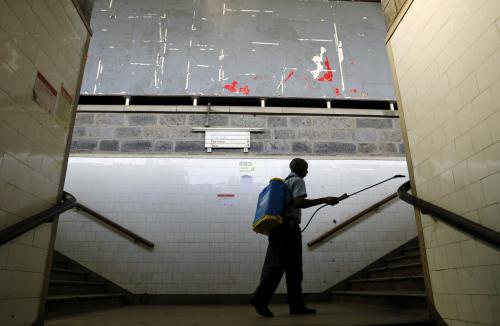
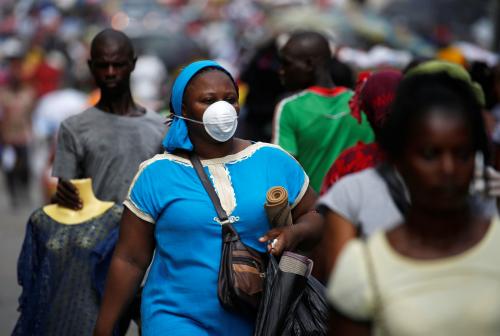
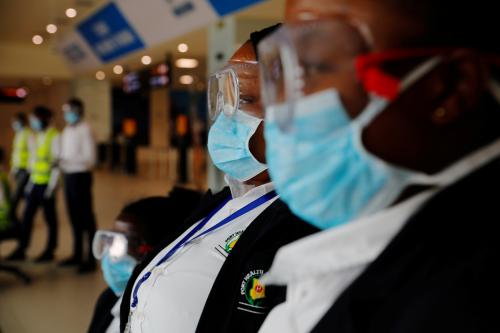
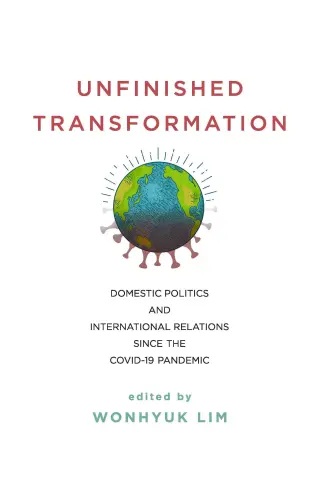
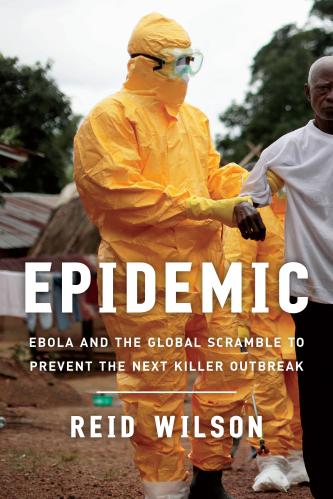
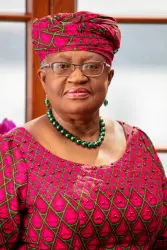
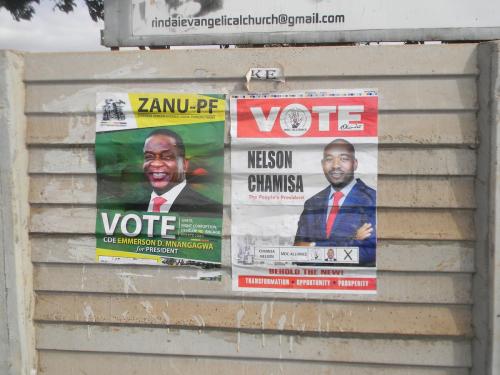
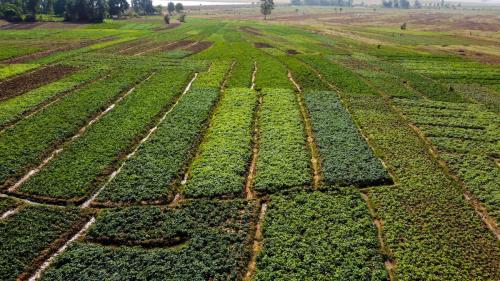

Commentary
Op-edEbola lessons for fighting COVID-19
April 2, 2020